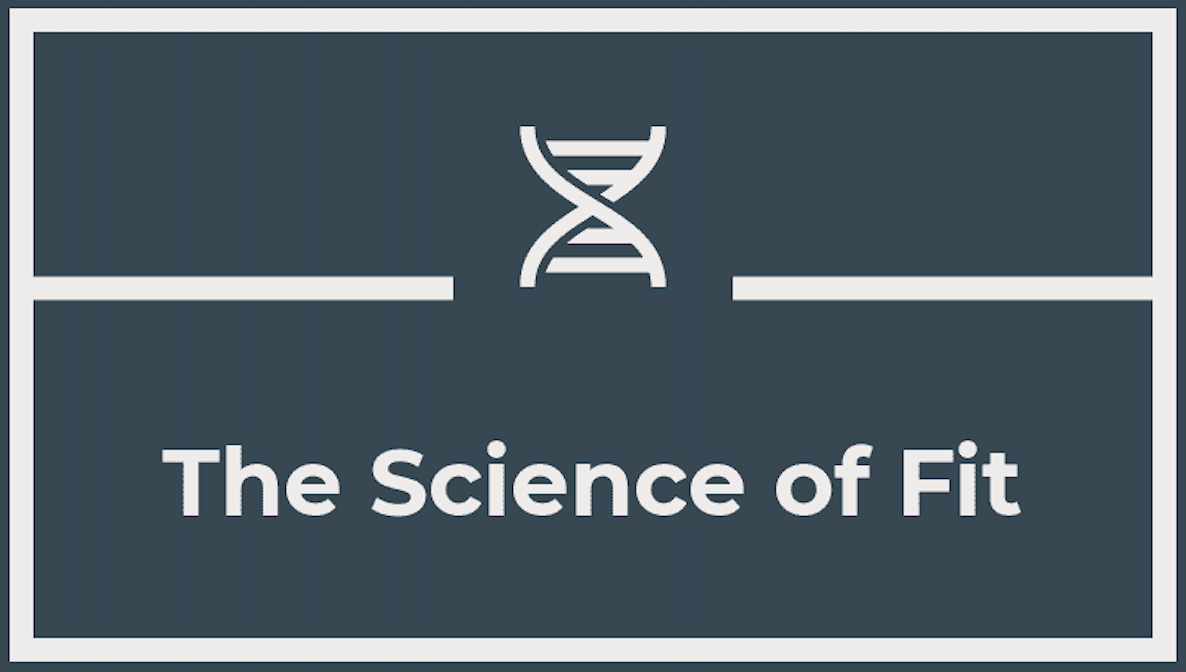The Menstrual Cycle and Training
The Menstrual Cycle and Exercise Performance: Insights into Hormonal Fluctuations, Adaptations, and Strategies

The menstrual cycle is a complex physiological phenomenon that profoundly influences various aspects of a woman's health. This article explores the multifaceted relationship between the menstrual cycle and exercise performance. By examining hormonal fluctuations, potential adaptations, and evidence-based strategies, we aim to provide a comprehensive understanding of how the menstrual cycle impacts the female athlete.
1. Introduction:
The menstrual cycle is a dynamic interplay of hormonal fluctuations that regulate the female reproductive system. Emerging research suggests that these hormonal changes may influence exercise performance in women, prompting an exploration of the mechanisms and practical implications.
2. Menstrual Cycle Phases and Hormonal Fluctuations:
A. Menstrual Phase:
- The menstrual cycle begins with menstruation, marked by the shedding of the uterine lining. During this phase, estrogen and progesterone levels are low.
B. Follicular Phase:
- The follicular phase follows menstruation, characterized by the development of ovarian follicles. Estrogen levels rise gradually, influencing energy metabolism and potentially enhancing exercise performance.
C. Ovulatory Phase:
- Ovulation, the release of the egg from the ovary, typically occurs mid-cycle. Estrogen peaks, and some women may experience a surge in strength and endurance during this phase.
D. Luteal Phase:
- The luteal phase follows ovulation, marked by increased progesterone levels. This phase may be associated with changes in thermoregulation, potentially impacting exercise performance.
3. Impact on Exercise Performance:
A. Strength and Endurance:
- Hormonal fluctuations, particularly estrogen, may influence neuromuscular function, muscle strength, and endurance. Studies suggest varying responses among individuals, highlighting the importance of personalized approaches.
B. Thermoregulation and Cardiovascular Responses:
- The luteal phase may be associated with increased core body temperature and alterations in cardiovascular responses during exercise. Understanding these changes is crucial for optimizing performance and preventing overheating.
C. Metabolism and Fuel Utilization:
- Hormonal variations across the menstrual cycle influence substrate metabolism, with potential implications for fuel utilization during exercise. Nutritional strategies tailored to menstrual cycle phases may optimize energy availability.
4. Adaptations and Resilience:
A. Hormonal Adaptations to Training:
- Emerging evidence suggests that women may experience hormonal adaptations to exercise training that vary across the menstrual cycle. Understanding these adaptations can inform periodized training approaches.
B. Psychological Considerations:
- The menstrual cycle's impact on mood and cognition may influence the psychological aspects of exercise performance. Awareness and support for mental well-being are integral components of training.
5. Evidence-Based Strategies:
A. Individualized Training Programs:
- Recognizing the interindividual variability in hormonal responses, tailoring training programs to individual needs and responses across the menstrual cycle may optimize performance outcomes.
B. Nutritional Considerations:
- Adjusting nutritional strategies, including carbohydrate intake and hydration, based on menstrual cycle phases can support energy availability and enhance recovery.
C. Menstrual Cycle Tracking:
- Implementing menstrual cycle tracking allows athletes to anticipate hormonal fluctuations and plan training and recovery strategies accordingly. Various technologies and apps facilitate accurate tracking.
6. Conclusion:
The menstrual cycle's impact on exercise performance is a multifaceted interplay of hormonal fluctuations, adaptations, and individual responses. Recognizing the nuanced relationship between the menstrual cycle and exercise is essential for promoting female athletes' health, optimizing training outcomes, and fostering a holistic approach to sports performance. Future research should continue to explore individual variability and refine evidence-based strategies for integrating menstrual cycle considerations into training and performance optimization.










